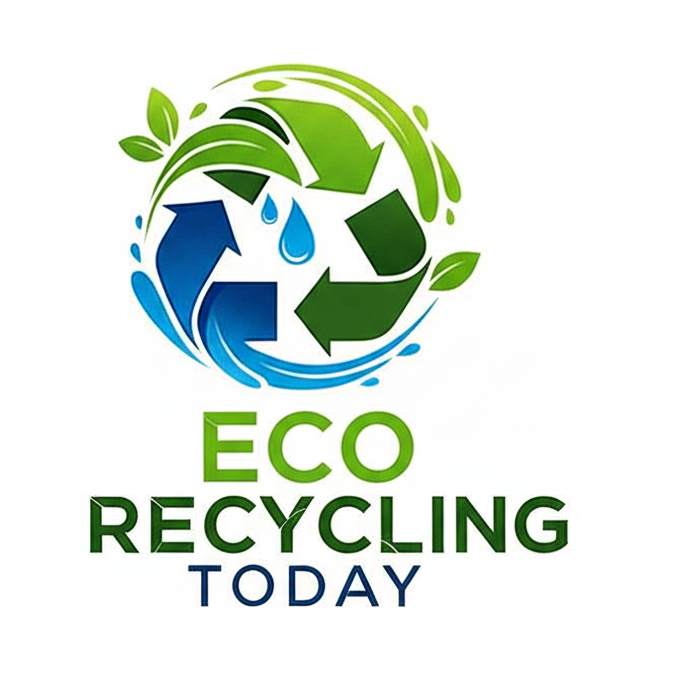As the global population grows and waste production increases, innovative solutions are essential to manage waste sustainably. One such solution is Waste to Energy (WTE), a process that converts non-recyclable waste into usable energy. WTE not only helps reduce landfill reliance but also contributes to clean energy production. Let’s explore how Waste to Energy works, its benefits, and its role in a sustainable future.
What is Waste to Energy
Waste to Energy is a process that converts municipal solid waste (MSW)—including household and industrial trash—into energy such as electricity, heat, or fuel. This is typically achieved through methods like combustion, gasification, or anaerobic digestion. Instead of leaving waste to decay in landfills, WTE harnesses its potential as a resource for energy generation.
How Waste to Energy Works
1. Collection and Sorting
Non-recyclable waste is collected and separated from recyclable and hazardous materials.
2. Processing
Waste is treated through one of the following methods:
- Incineration: Burning waste to produce steam, which powers turbines to generate electricity.
- Gasification: Converting organic materials into syngas, a clean fuel for energy production.
- Anaerobic Digestion: Breaking down organic waste in the absence of oxygen to produce biogas.
3. Energy Generation
The byproducts—electricity, heat, or fuels—are then supplied to power grids, industrial processes, or transportation systems.
Benefits of Waste to Energy
Reduces Landfill Waste
WTE significantly decreases the volume of waste sent to landfills, extending their lifespan and reducing environmental risks.
Generates Renewable Energy
By converting waste into energy, WTE helps diversify energy sources and decrease dependence on fossil fuels.
Reduces Greenhouse Gas Emissions
Modern WTE facilities are designed to capture and utilize emissions, reducing methane from landfills and overall carbon footprint.
Promotes Resource Efficiency
WTE complements recycling by handling non-recyclable waste, ensuring no material is wasted.
Waste to Energy and the Circular Economy
WTE is a vital part of the circular economy, where waste is seen as a resource rather than a problem. By integrating WTE with recycling and composting efforts, municipalities can create a holistic waste management system that maximizes resource recovery and minimizes environmental impact.
Future of Waste to Energy
Advancements in technology are making WTE more efficient and environmentally friendly. Innovations such as plasma arc gasification and carbon capture systems are revolutionizing the industry, making it a cornerstone of sustainable energy strategies.
Governments and organizations worldwide are recognizing the potential of WTE. Countries like Sweden and Japan have already adopted WTE at scale, demonstrating its feasibility as a long-term waste management solution.
Waste to Energy offers a transformative approach to managing waste and producing energy sustainably. By embracing WTE, communities can reduce landfill dependency, generate clean energy, and move closer to achieving zero-waste goals. As technology advances, Waste to Energy is poised to play an even greater role in shaping a sustainable future.
